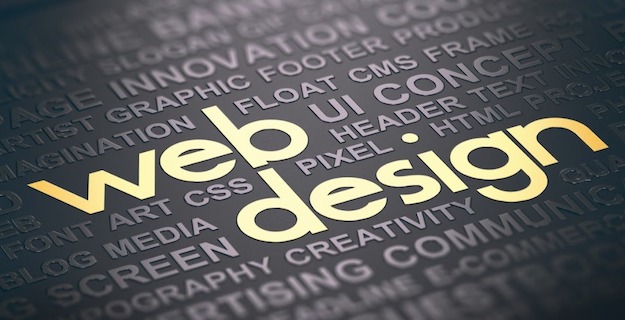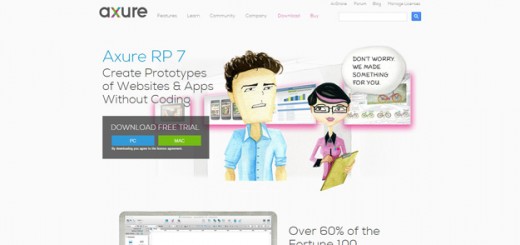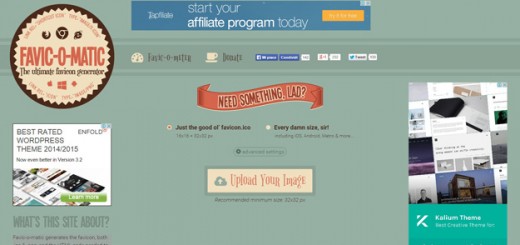Simply put, human-centered designing is developing your website with your users in mind. When you’re in the process of building a domain, there’s a lot that goes into the design. There are many things to think about and incorporate, such as color, logo, and fonts to match your brand. Sometimes the process can be overwhelming, and you may forget the people who will interact with the site. However, people should always be the focus of your web design.

A human-centered design approach attempts to create solutions to the users’ problems. You’re trying to understand your users, their needs, life situations, and behaviors. Every design decision should be from that perspective because it improves user experience, solves users’ problems, and helps create a lasting relationship with your audience. A human-centered web design comprises of three crucial factors:
Empathy: Your design should strike a nerve that shows your users that you genuinely care about them.
Creativity: The design should solve people’s problems innovatively.
Business needs: Use web design to make your products or services commercially viable and successful.
To help you with the basics of building a human-centered design, here are five ways you can make that happen.
1. Focus on the People
This is the basic principle of a human-centered design, and it puts people in the middle of the design process. Understand that your website users are real human beings who will interact with your website to satisfy a need. Ideally, your site is a tool that people use to meet a particular need.
That’s why it becomes essential to start your design by identifying why people would want to visit your website. Identifying the target audience helps you create a user persona laying a foundation for your design and what needs it’s seeking to satisfy. With this in mind, it becomes easy to structure and organize your content for a better user experience. Here’s some additional reading on creating content for your website.
Always keep in mind that the website is for the user and focus on your target audience’s needs to create more value for them.
2. Find The Right Problem to Solve
Instead of solving every problem that a user may have, ensure to get to the root cause of the problem. The best way to find this out is through proper user research. Ensure to separate what users need and what they want. Your primary focus needs to be on satisfying their needs first. Needs are what bring people to your website. Asking ‘why?’ in each issue can help you determine your users’ needs.
More robust research yields better results. Invest enough time and effort in this phase. While you are at it, also research how your competitors are attempting to tackle user problems. This will help you improve in the parts they are failing, giving your design a competitive edge over them.
3. Think Of Everything Together
Sometimes when designing a website, you may be tempted to think of features individually and how they impact the user. While this may work for a designer, it may not be the same for the user. A user wants a seamless experience from one page to the next without their journey being disrupted. For them, the entire website is one experience, and you should strive to make it that way.
Everything in the design is interconnected if one part doesn’t feel right, the entire user experience will be impacted. To understand how users will interact with the website, test the design and look out for user feedback.
4. Don’t Forget Accessibility
Another crucial part of a human-centered web design is empathy, and accessibility for people with disabilities is part of that. A human-centered design understands that users have different abilities in the way they interact with online content. Besides the compliance standards set for web-accessible designs, ensure that your design caters to every person in the target audience.
People living with disabilities are a crucial part of society, and meeting their needs in web design improves your brand reputation.
5. Listen To Feedback
Creating a perfect solution for everybody is near impossible, especially in your first design. That’s the reason testing is crucial. Seeing how the audience interacts with your website will help you identify the pain points. Feedback, whether positive or negative, gives you a clear picture of what your audience is experiencing. The comments you receive should be sent to the web design team to evaluate and fix the design.
The process of testing and fixing can be done until the website caters to as many user issues as it’s practically possible. For example, users may be having problems with finding your call-to-action (CTA). This means that even though they want to interact more with you, they’re encountering some challenges. Redesigning your CTA or moving it to a more suitable place will enhance the way users perform the action required.
Takeaway
Putting the user first is vital when designing a website. When looking to create real solutions for real people, it’s essential to put people first and adopt a mind and ideas that drive you to solve people’s problems. A human-centered design approach helps you create a better user experience by putting their needs at the center of the design.




